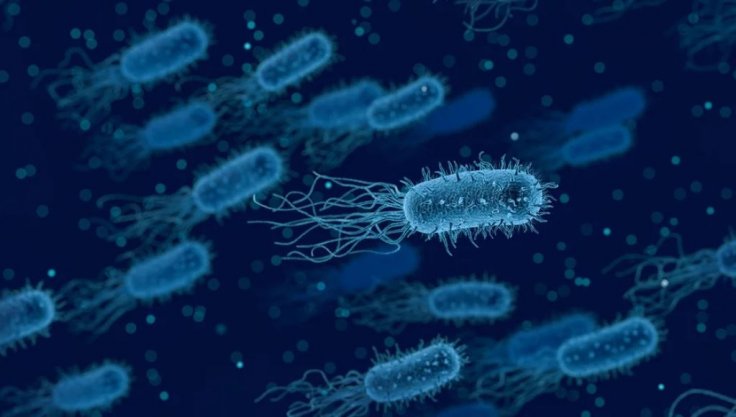The understanding and focus in the paradigm of evolution have always centered around the inheritance of genes through vertical gene transfer (VGT) or from parent to offspring. However, horizontal gene transfer (HGT)—the transfer of DNA other than from parents to offspring—has caught the attention of scientists. In a new study, researchers have discovered that HGT has the ability to 'bend' the rules of evolution.
According to scientists from Monash University, the bending of evolutionary rules can help decipher the evolution of microorganisms such as bacteria, and shed light on processes such as anti-bacterial resistance. "HGT is very important in microbial evolution, especially for the evolution of antibiotic resistance in human pathogens," said Dr. Mike McDonald, lead author of the study, in a statement.
Development of Antibiotic Resistance

HGT is also known as lateral gene transfer (LGT). It is a crucial factor in the evolution of several organisms. While it plays a vital role in the development of anti-bacterial resistance, it is also believed to be important in the maintenance and transmission of the pathogeny of bacteria.
Dr. McDonald stated that the genes giving rise to antibiotic resistance in the bacteria surviving in hospitals, farms, and sewers are common because of the existence of antibiotics in these places owing to human activities. "However, when scientists check environments without antibiotics, for example, forests or estuaries, antibiotic resistance genes can still be detected," he stressed.
Promoting HGT in Bacteria
For the study, the authors carried out an evolution experiment in order to investigate how genes that lead to antibiotic resistance to propagate within the environment. The authors studied the antibiotic-sensitive bacteria in a growth medium without the presence of antibiotics.

However, they permitted the bacteria to receive HGT from other bacteria that were antibiotic-resistant bacteria. "We used whole-genome sequencing to confirm whether the genes for antibiotic resistance were spreading in the populations, even without selection," Dr. McDonald said.
Acquiring A Unique Gene
Next, the authors exposed the evolved population of bacteria to an elevated concentration of antibiotics. "We found that the populations that had received HGT could survive treatment by antibiotic, but the control populations that had not received HGT did not survive," highlighted Dr. McDonald.
It was also found that genes responsible for antibiotic resistance could spread within populations that are not undergoing selection with antibiotics. Though these genes were present at low levels, they equipped the bacterial population for a possible onslaught from antibiotics in the future. "This could explain why antibiotic resistance evolves so quickly in hospitals," pointed out Dr. McDonald.
Evolving Without Selection Pressure

The study is the first to demonstrate how genes causing antibiotic resistance can survive within a population in spite of not facing pressure for antibiotic resistance. "This could also explain why patients still have antibiotic-resistant bacteria long after they have finished treatment with antibiotic and why bacteria quickly evolve resistance even when they have not been exposed to antibiotic before," explained Dr. McDonald.
It has been believed that it is only genes that provided a 'right now'-- the environment that the bacterial population is experiencing at a given point in time-- that could spread within a population. The underlying principle here is that natural selection weeds out undesirable genes out of the population.
According to Dr. McDonald, the study is of particular significance as it demonstrated how HGT overcome or bend rules of evolution. "But our work shows that if HGT can transfer enough of the gene into the population, it can provide a force that pushes back against natural selection, and allows genes that do not confer a benefit to spread in the population," concluded Dr. McDonald.









